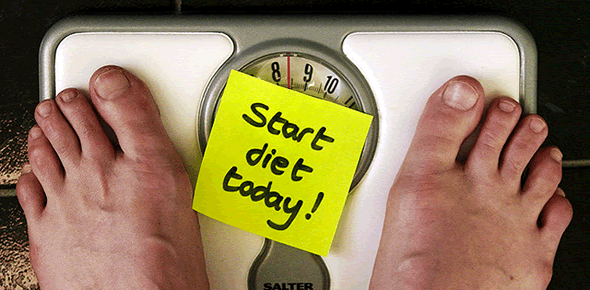
Another year is history, and you have navigated your way through another Holiday Season. While the holiday season can be a time for fun and frivolity, it can also be a stressful time full of rich food choices. Thus we all look forward to a New Year with the ubiquitous Resolution, which more often than not involves diet and exercise. This series of posts outlines some advice to ensure those Resolutions succeed, and lead to a happy and healthy New Year.
There is no term more synonymous with dieting than the term calorie. Yet most among us do not even truly know what a calorie even is, and how it relates to weight and weight loss. Let us delve into the concept of what calories are, and how this knowledge can lead to greater success with our diets.
The National Institutes of Health defines a calorie as a unit of food energy (actually it is really a kilocalorie but the term calories is easier to use). A calorie is the amount of energy required to raise the temperature of one liter of water one degree centigrade at sea-level.
Huh?
When considering calories, use the analogy of a coal furnace. The coal is the fuel (calories) used to stoke the furnace (your body). Thus the amount of fire your body produces is associated with the amount of calories you provide and how many calories you burn.
One pound of fat roughly equals 3500 calories.
The average sedentary adult male requires approximately 2300 calories per day to maintain his weight. The average sedentary adult female requires approximately 2000 calories per day to maintain her weight.
Thus, if we take the example of an average sedentary (ie – inactive) adult female we could infer that if she consumed 500 less calories per day over the course of a week, she would lose a pound. 500 calories per day X 7 days/week = 3500 calories = 1 POUND!
Now, in the above example we used an adult female who was sedentary, in other words an adult female who sits around all day and does nothing. Viewers of this website will know by now that Queen Street Chiropractic Centre endorses exercise of all manners in order to facilitate healthier lives.
Consider that one hour of moderate activity (walking, jogging, swimming at an even rate) will burn roughly 300-500 calories. More vigorous physical activities such as several sports, plyometric or gymnastic activities can burn 500-1000 calories per hour depending on the activity.
In the analogy of the furnace, we can see that we can affect the size of the furnace (ie – our bodies) by monitoring the amount of coal we add (ie- food) and increasing the efficiency of the furnace by increasing the fire (ie – exercise).
Nutrition and exercise together are the only way to facilitate safe and effective and lasting weight-loss and to ensure a healthy life.
Further posts will offer some tips and tricks to be successful in your health and wellness, and if you have any further questions feel free to visit Queen Street Chiropractic Centre and speak to one of our Doctors!
Photo Credits: Alan Cleaver
 Did you like this article? Please consider
Did you like this article? Please consider  96 Queen Street
96 Queen Street
Leave a Reply